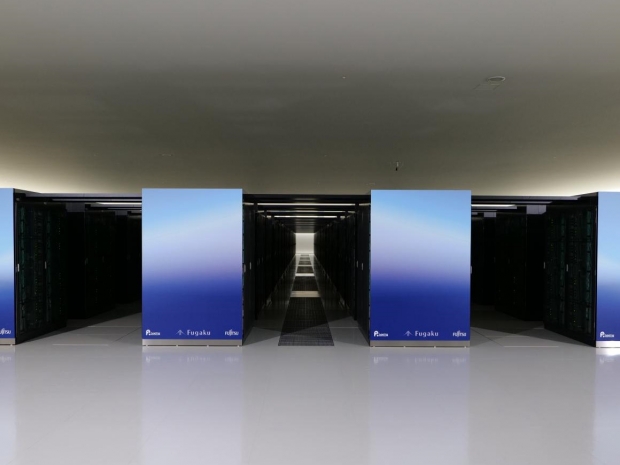The supercomputer, named after an alternative word for Mount Fuji, became partially operational in April last year to visualize how droplets that could carry the virus spread from the mouth and to help explore treatments for COVID-19.
Fugaku, which can perform over 442 quadrillion computations per second, was originally scheduled to start operating fully in the fiscal year from April.
The supercomputer is built with the Fujitsu A64FX microprocessor which is based on the ARM version 8.2A processor architecture. The initial (June 2020) configuration of Fugaku had 158,976 A64FX CPUs joined together using Fujitsu's proprietary torus fusion interconnect. An upgrade in November 2020 increased the number of processors.
Hiroshi Matsumoto, president of the Riken research institute that developed the machine, in a ceremony held at the Riken Centre for Computational Science in Kobe, where it is installed “I hope Fugaku will be cherished by the people as it can do what its predecessor K couldn’t, including artificial intelligence (applications) and big data analytics”.
It will eventually be used in fields such as climate and artificial intelligence applications and will be used in more than 100 projects, according to state-sponsored Riken.
The supercomputer, which was developed jointly with Fujitsu was ranked the world’s fastest for computing speed in the twice-yearly U.S.-European TOP500 project for the first time in June and retained the top spot in November.



